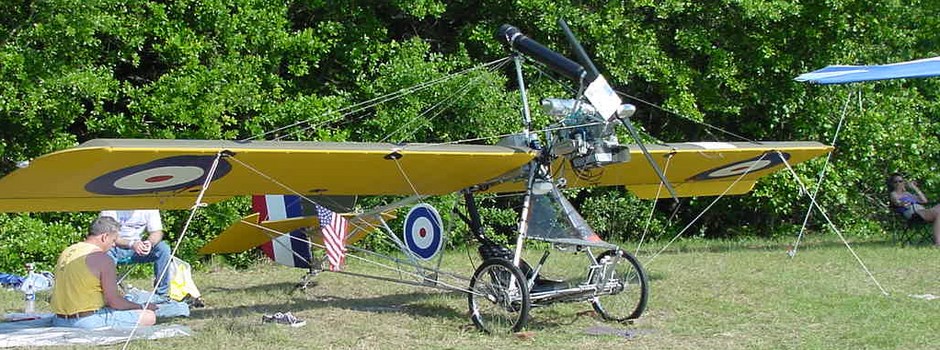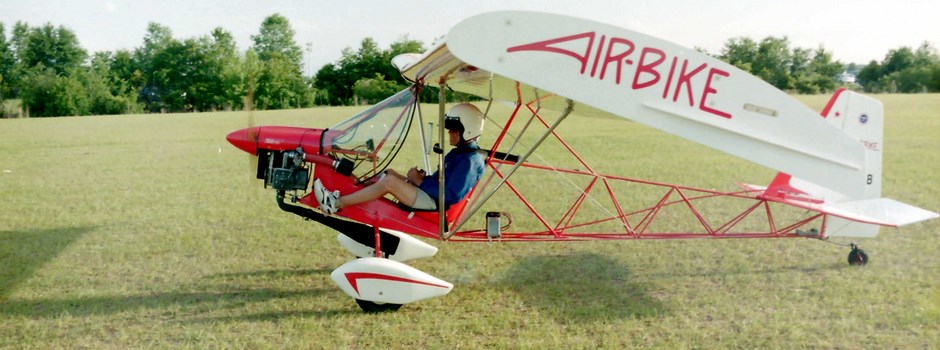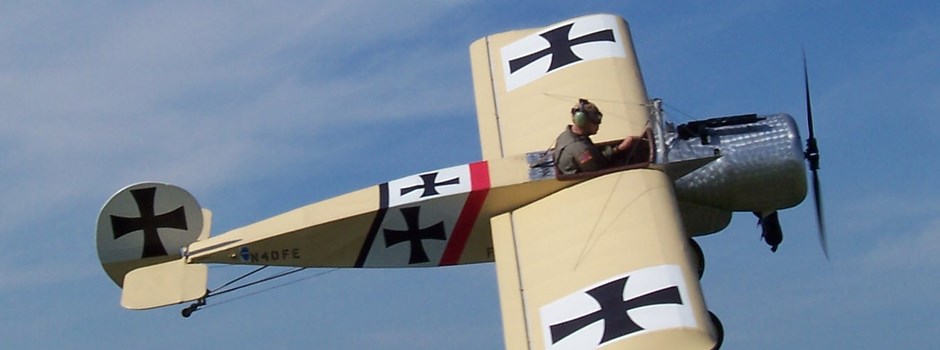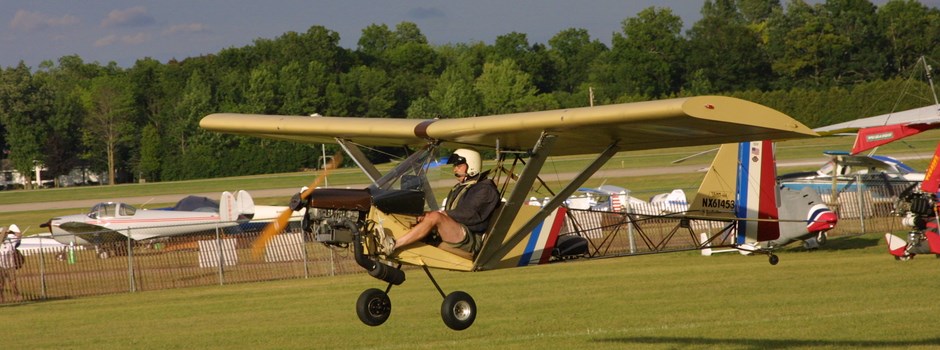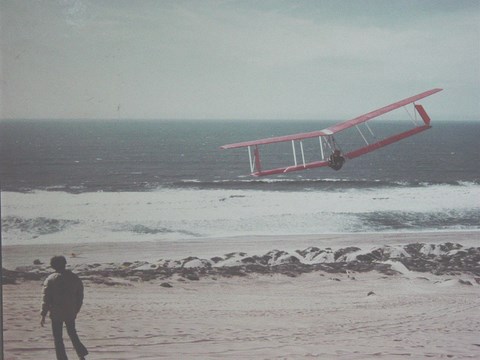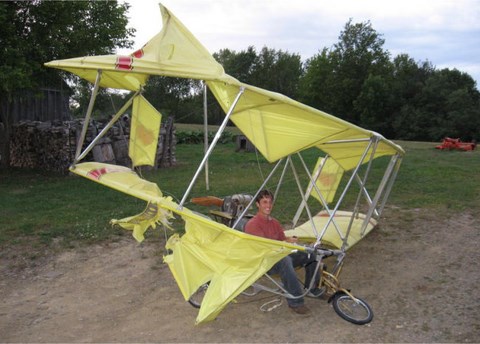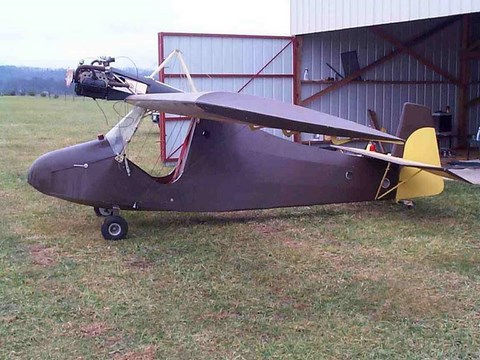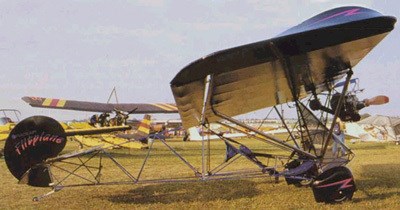Buying an ultralight aircraft
Ultralight aircraft buying tips, how to buy a used not abused ultralight. Tips for evaluating a used ultralight aircraft.
One of the things that has been common throughout Ultralight aviation history is that costs have been going up! Some of today's ultralights reach prices over $60,000 when ready to fly! Why? The days of producing ultralight aircraft for the MASSES, have ended.
Most manufacturers are now building specialized aircraft to fit target groups. While this may cut down on market share, it allows increased profit margins. Selling and producing one aircraft at $40,000 with a 25% profit margin is more profitable than selling and producing 8, $5,000 aircraft at an even lower profit margin (remember the average new engine sells for around $5,000).
Canada with a population of 28,000,000 has approximately 4,000 registered ultralights (our aircraft are registered, and our pilots licensed). The United States, has roughly 280,000,000 people assuming the same percentage of people own ultralights then that would mean 40,000 ultralights.
Combine the Canadian and US market and you have 44,000 USED ultralight aircraft. Which ones are a better buy? How much are they worth? Which are the safest? Where do you get parts and pieces for them?
This is the second in a series of articles dealing with purchasing an ultralight. The first in the series was a 10 point system used to evaluate an ultralight, new or used. Next in the series will be a Buyers Guide of used aircraft, with information on where to get parts and pieces and the estimated value of certain craft.
Now let's look at areas to examine when buying a USED ultralight. In order for any aircraft to get into the air and back down again you require, an airframe, a propulsion system, a control system, landing gear, a wing assembly.
EZ Riser with obvious damage - but damage is NOT always this obvious!
Ultralight Aircraft Airframe:
This is the basic structure of the craft, the center section or the area the pilot sits in. Found in the airframe (in conventional ultralights) are: the joystick, rudder pedals, rudder cables, throttles, throttle cables, usually the fuel tank. It is also the area of the craft that the landing gear, wing struts and tail surfaces connect to.
Ultralight Aircraft Propulsion system: Powers the craft, engine, exhaust system, carburetor, fuel pump, reduction drive, and propeller make up the propulsion system.
Ultralight Aircraft Control system:
This is what controls the craft, usually a joystick and rudder pedals, connected to the ailerons, elevator(s), and rudder(s).
Landing gear: These are the parts of the aircraft that contact mother earth during taxiing, take off and landing. It is the area that must "take a licking and keep on ticking."
Ultralight Aircraft Wing assembly:
The parts that make up the wing, and connect it to the airframe. These parts together make up the aircraft. In many ways they are similar to the parts making up the human body, and like the human body, with age, neglect, and lack of proper care and feeding, things once done all night, now take all night to do, or can't be done.
http://www.ultralightflyer.com - Ultralight aircraft fabric testing. Testing your dacron sail cloth for UV damage. In this issue of the Light Sport and Ultralight Flyer we take a look at Dacron fabric used to cover many of todays ultralight aircraft.
We watch as eastcoatbeaver https://www.youtube.com/channel/UCFFE... shows us a very simple way of checking your fabric. Then we go to Airventure and Steve Marhle shows talks to us about some of the things we should look for when considering buying or flying in an ultralight.
Then we visit with Bever Borne who shows us a more scientific way of checking your ultralight aircrafts fabric.
For more information: http://www.ultralightnews.com/ultralight-aircraft-fabric-testing/

